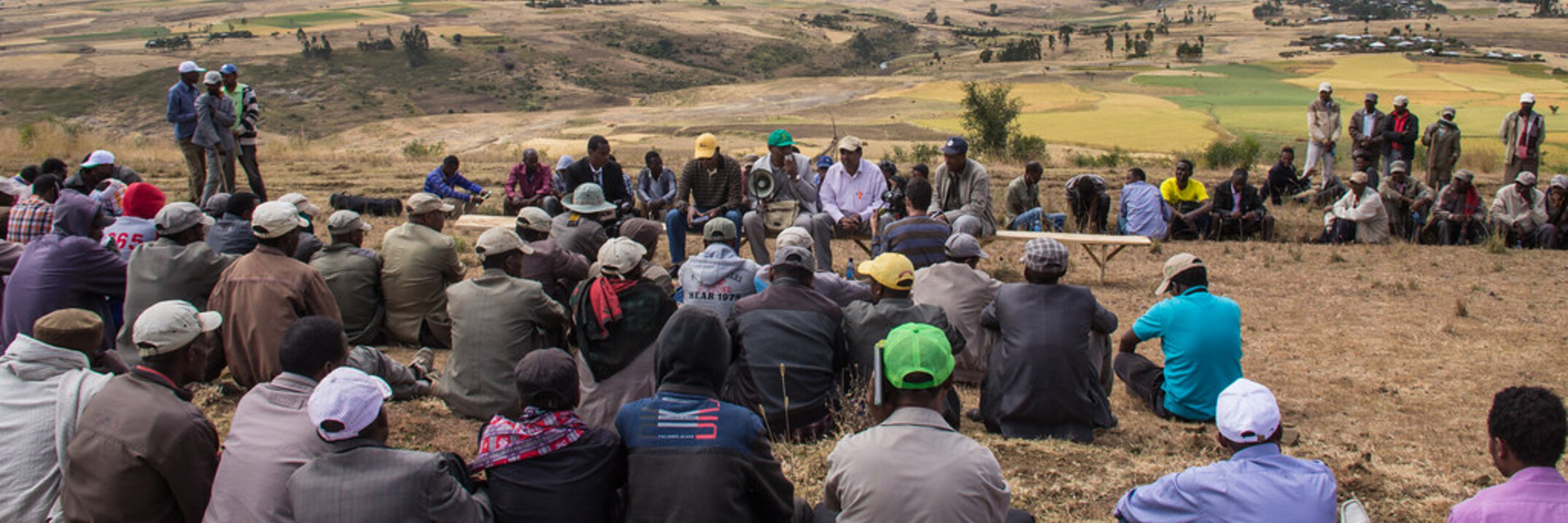This study evaluated the environmental impact of malted, decorticated, and split yellow lentils, specifically Moroccan (ML) and Onano (OL) varieties, cultivated in Morocco and Italy, using a cradle-to-retailer Life Cycle Assessment (LCA) approach. An...


